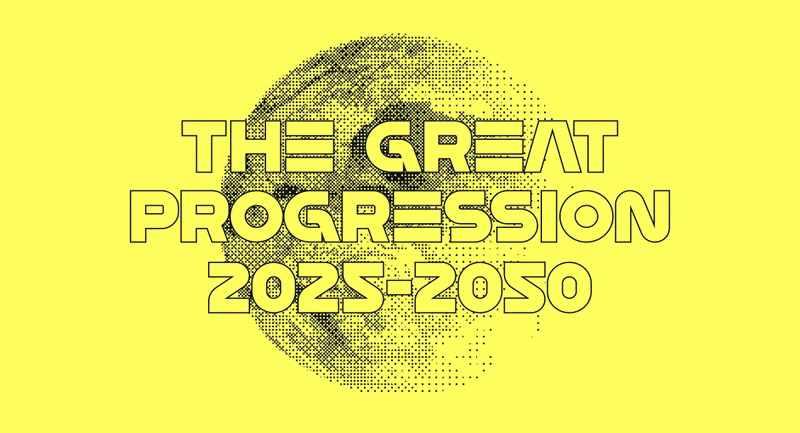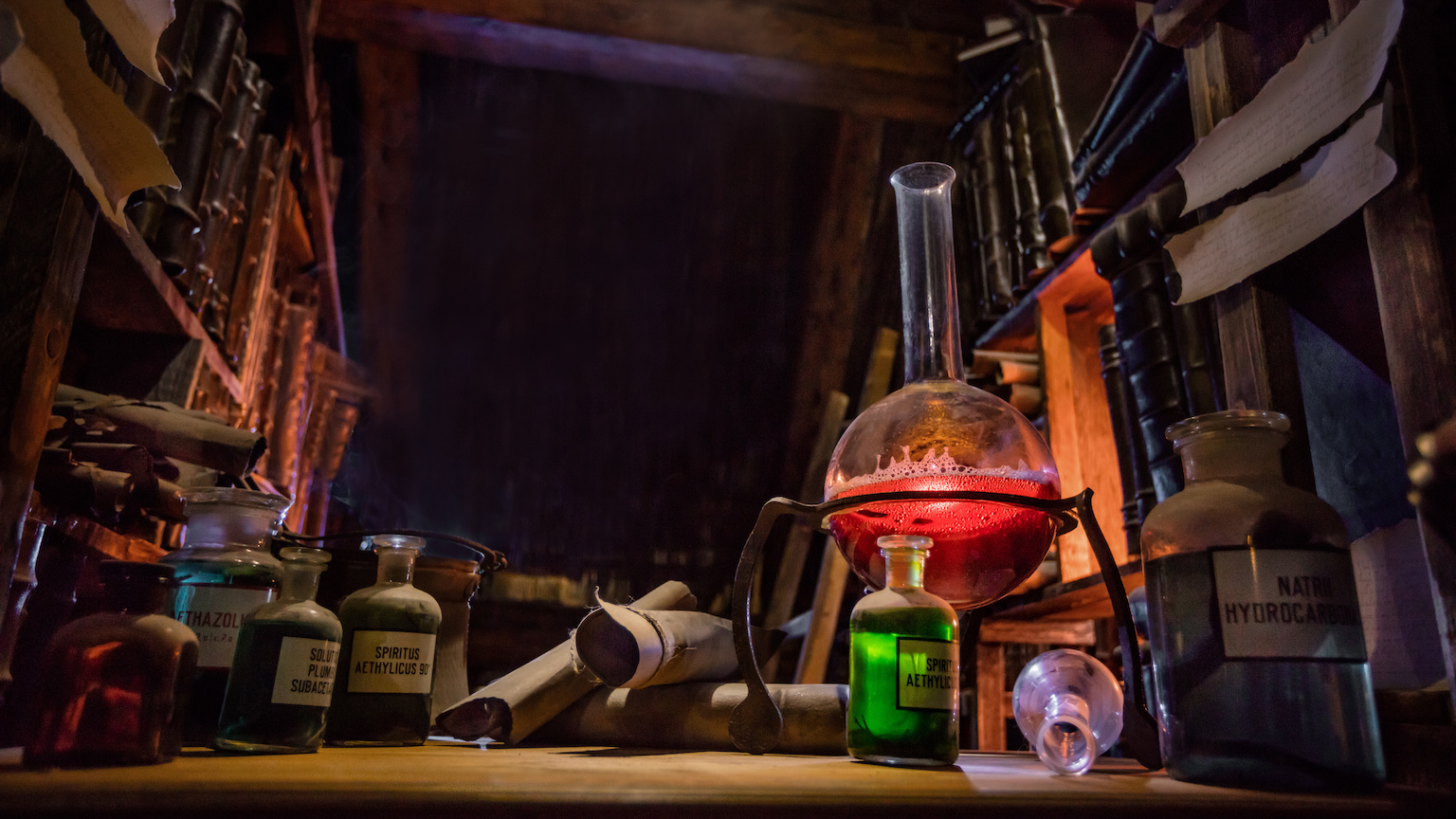The road to eugenics was paved with good intentions, says Siddhartha Mukherjee. So what questions are essential to ask now that we can change human DNA through gene editing technology? Siddhartha Mukherjee’s newest book is The Gene: An Intimate History.
Siddhartha Mukherjee: Gene editing technologies allow us, allow scientists to change the genetic code within cells including embryonic cells, including embryonic stem cells in an intentional manner. That means that, you know, you can have a gene and you can change that code. The process is inefficient. It looks like there’s some collateral damage. Other genes can be damaged. All of this is being worked out right now. But in principle gene editing means just like you can go into a word processor and erase a word from what you’ve written. And you can change that word for a different word. The technologies are beginning to allow us to go into a cell, change its internal code or vocabulary which would be its DNA and its genome and certainly too for a human cell. And you can switch out the word, change the word with certain caveats.
Prenatal genetic diagnosis on the other hand has to do with the idea that you can look at an egg or an early embryo, decipher what mutations it might have, what changes, what variations it might have and decide to implant that egg or embryo or not implant that egg or embryo. The ultimate goal of these technologies of course is to allow different or just to fundamentally change genes.
Who should we intervene on? What are the limits? Who gets to decide what normalcy versus abnormalcy is? Who gets to decide whether is someone, you know, what suffering is? You could give an example of for instance of let’s say a terrifying lethal disease which you could detect in an embryo before implanting it and decide that that’s not the embryo that you want to implant.
But that depends on you and I saying that’s a terrifying lethal disease. And that’s a decision that you and I need to make and I really mean society needs to make in consensus. So it’s a time to emphasize that idea that we’re making decisions like this.
Really this issue came to a head when researchers in China decided to take nonviable human embryos and decided to try to attempt changing a disease linked gene in that nonviable human embryo set. It’s important to note that they were nonviable in the long run but it’s also important to note that they were indeed human embryos or very early human embryos and that the proof of principle experiment was launched. So it’s created a worldwide set of questions about what we can and cannot do with the human genome.
The road to eugenics was paved with the best intentions. And it was a series of, you can almost see the world tipping towards horror step by step by step, you know. It seemed like one iterative step didn’t seem that much and yet as you accumulated all of these very soon you went from, you know, in Nazi Germany in particular starting with trying to eliminate or sterilize those who were somehow physically different from others all the way including folks who were deaf, folks who had various neurological diseases. And then sort of marched inexorably towards other forms of identity including obviously Jews, Gypsies, homosexuals and so forth.
So it’s worthwhile remembering that that progression that occurred in the 1930s was perceived by citizens at that time as part of a progression. It was not as if, you know, all of a sudden someone woke up. There was a kind of glacial silence to the progression of eugenics in Nazi Germany. And in fact there was a glacial silence from the United States about what was going on in Nazi Germany. If anything, you know, the folks in the United States applauded the eugenicists and applauded the efforts of Nazi scientists in their attempts to cleanse their populations of all sorts of evil and emancipate themselves.
It’s incredibly important to remember that history when we step as we are going to, as we’re stepping towards the genetic modification of human embryos. Or even to some extent the genetic modification of animals or plants. We have to remember that it seems as if there’s a progression but all of a sudden by the time from the beginning until the end you may land up in a very different place. It’s important also not to throw as we enter new genetic technologies, not to throw the baby out with the genetic bath water. I mean it’s important to remember that our ability to manipulate genes can be very powerful, it has been very powerful.





